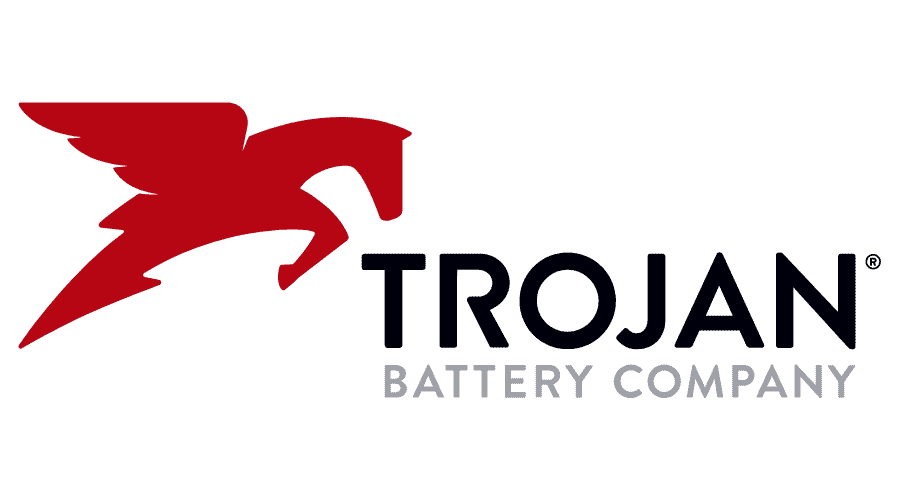May 9, 2003—The Watt Stopper, Inc. has collaborated with Lawrence Berkeley National Laboratory (LBL) and Marriott Hotels in the Western Region to develop an energy-saving occupancy sensor for hotel guest bathrooms.
The decision to develop the WN-100 occupancy sensor for Marriott was based on results of a recent study conducted by LBL. The study, headed by Dr. Michael Siminovitch of LBL, detailed the lighting usage and energy consumption patterns in typical hotel guestrooms. A key finding was that one of the largest energy-saving opportunities could be accomplished by eliminating unnecessary, extended operation of the bathroom lighting fixtures.
The Watt Stopper created the WN-100 occupancy sensor, which replaces the standard wall switch in guest bathrooms to help Marriott save on energy costs. The WN-100 uses passive infrared (PIR) technology to detect occupancy and light-emitting diode (LED) technology to provide a nightlight for hotel guests. As a result, when a guest bathroom is vacant for a pre-defined time period, the WN-100 automatically turns off the lights and simultaneously turns on a nightlight. The illumination provided by the LED nightlight serves as a comfort and convenience to guests who typically leave bathroom lights on throughout the night. The WN-100 also incorporates a simple override for guests who do not want to use the nightlight feature.
Input from Marriott was crucial in designing the proper features and functions of a lighting control product for the hotel industry. Marriott provided application expertise to ensure the WN-100 would meet the needs of hotel occupants and owners.
For more information, contact The Watt Stopper.




